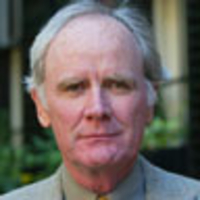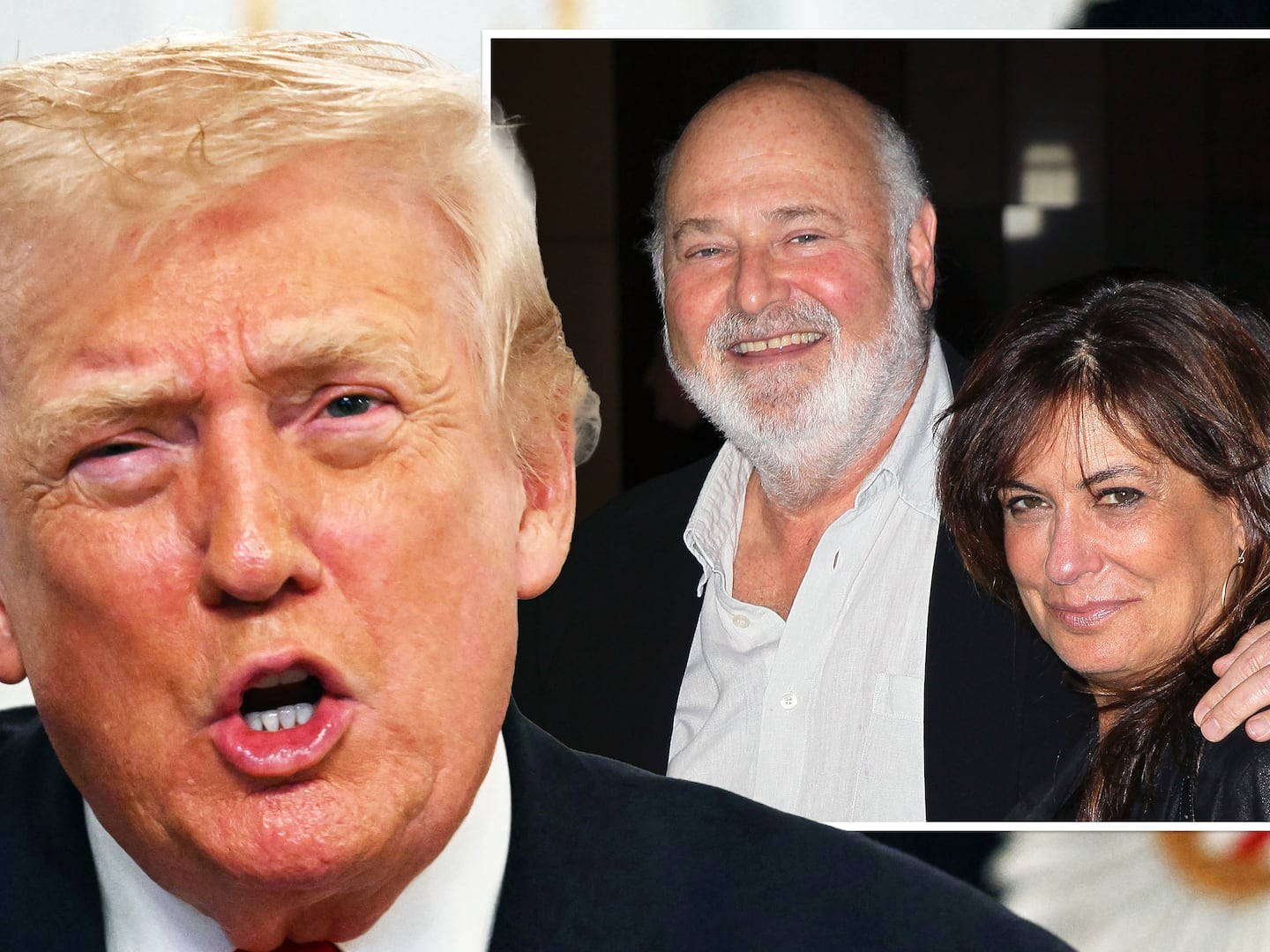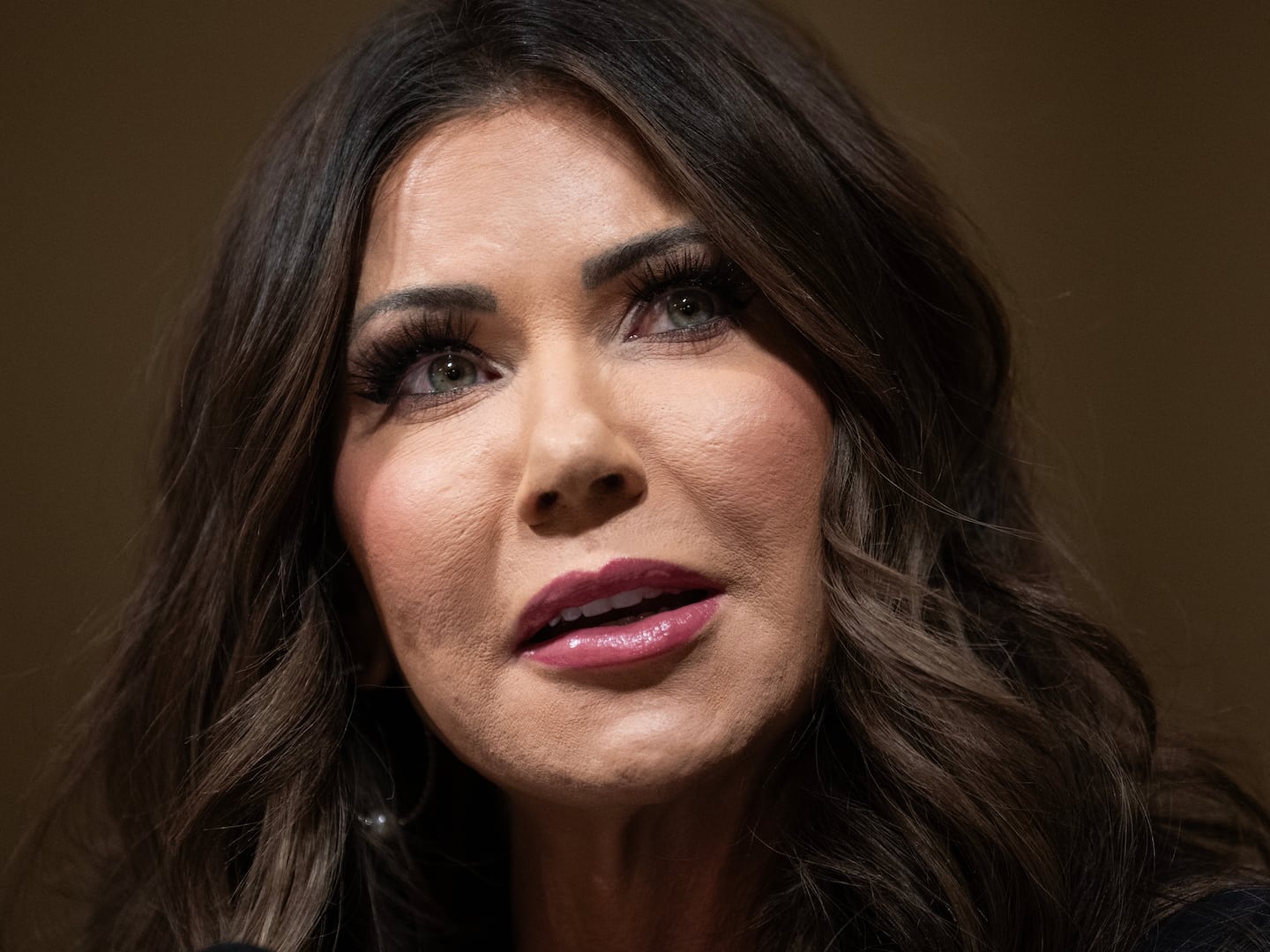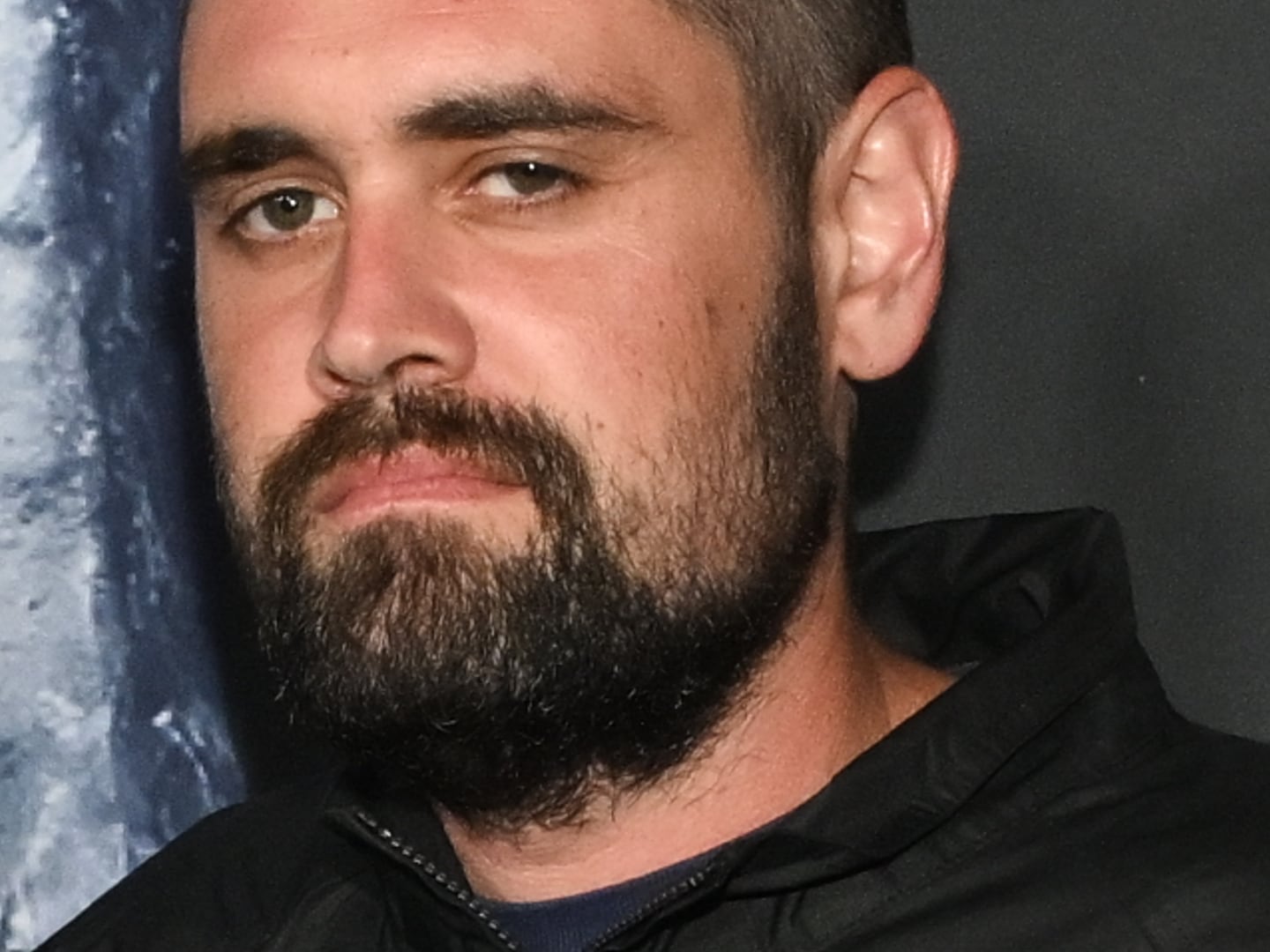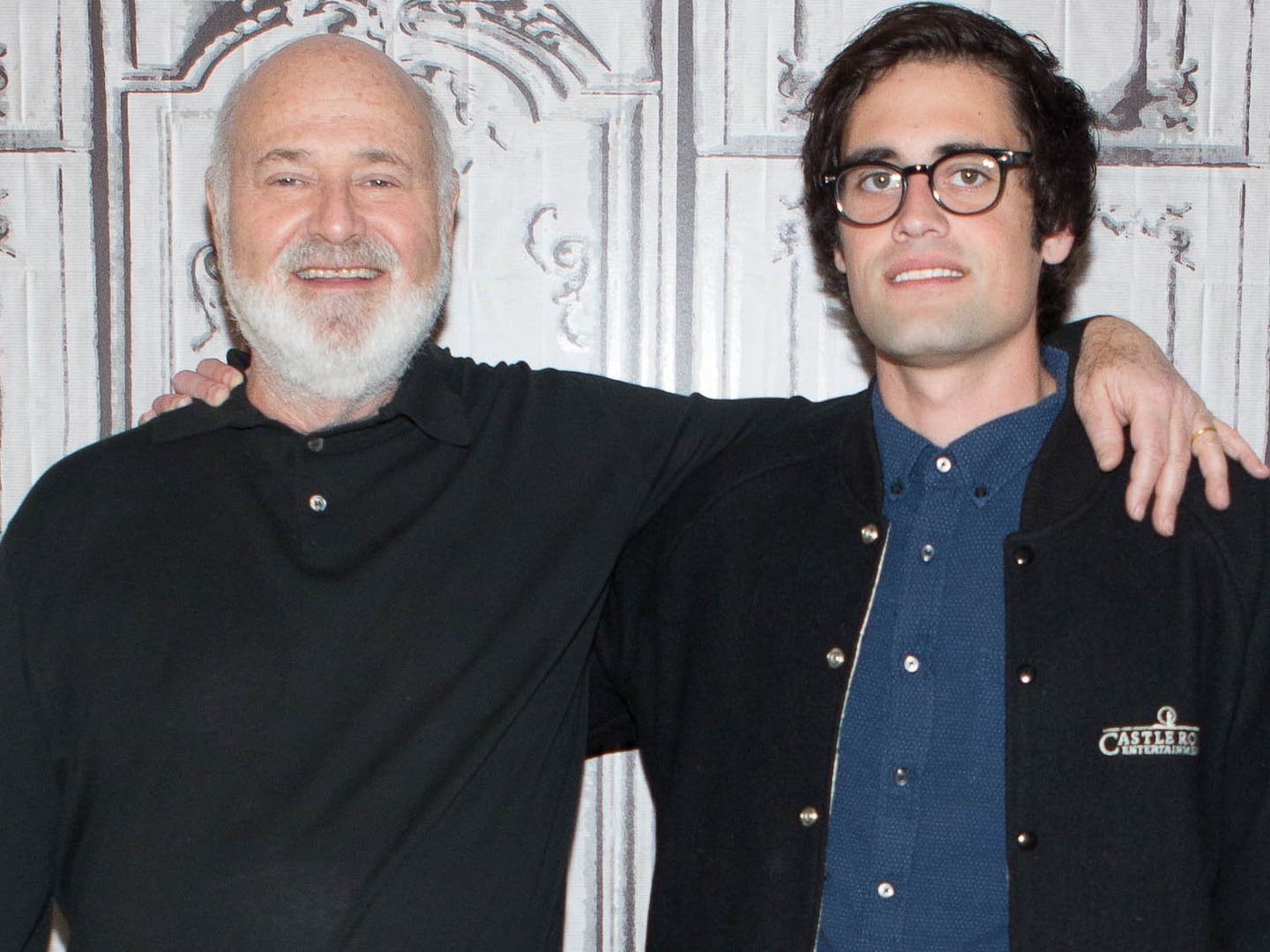
Last Tuesday, the mayors of Hiroshima and Nagasaki visited the U.S. embassy in Tokyo to formally invite President Barack Obama to visit their cities when he arrives in Japan in mid-November. The White House, according to the Associated Press, said such a visit is “unlikely.” Here’s hoping the White House is wrong. The mere sight of President Obama at the Hiroshima Peace Memorial, centered on the dome-shaped ruin that stands as an icon of August 6, 1945, could transform the ways in which the atomic bombing is remembered, as well as advance Obama’s own firmly stated goal of the ultimate elimination of all nuclear weapons.
For more than 60 years, America has pretended that the “ground zeros” of Hiroshima and Nagasaki are not there. President Obama can put an end to such willful amnesia.
Some Obama advisers —not to mention the conservative punditry —are certain to oppose any such visit to either of the cities on which U.S. bombers dropped the A-bomb. As Bill Clinton learned in 1995, the issue is a political third rail. On that 50th anniversary of the attack, the Smithsonian Institution’s Air and Space Museum launched a commemorative exhibit built around the Enola Gay, the B-29 Superfortress from which the Hiroshima bomb fell. The exhibit showed the brutality of Pacific island combat against Japanese forces that the bomb brought to a close, but it also showed graphic photos of Japanese bomb victims, and a display of dissenting judgments from the likes of Admiral William D. Leahy (“barbarous”) and Dwight D. Eisenhower (“completely unnecessary”). The exhibit generated a storm of protest, which led to its being promptly canceled and to the museum director’s forced resignation. Despite widely respected revisions in the history, taking off from the U.S. Strategic Bombing Survey’s post-war conclusion that Japan “in all probability would have surrendered even if the atomic bombs had not been dropped,” an American nuclear orthodoxy still held. President Bill Clinton reinforced that orthodoxy when he said that Harry Truman had made the right decision. Clinton, the omni-directional apologizer, declared that America owed no apology to Japan for using the atomic bomb.
President Obama need not “apologize.” Political apology has been banalized, in any case. It would be enough for him to go to Hiroshima and stand silently at the peace memorial on the bank of the Motoyasu River, into which hundreds of burning victims leapt in 1945. If a gesture is required, it would be enough for President Obama to launch at dusk a paper lantern on the river, as the Japanese do each August. When, in 2000, Pope John Paul II visited Yad Vashem, the Holocaust memorial in Jerusalem, with its documentation of Church complicity, he delivered a brief address. But the only words that mattered were his spontaneous exclamation, “It makes us cry out!” That was all the apology that was needed that day —indeed, all that was possible. Solemn presence, not words, is what such a place invites. For more than 60 years, America has pretended that the “ground zeros” of Hiroshima and Nagasaki are not there. President Obama can put an end to such willful amnesia. While respecting the experience of that legion of young Americans for whom, whatever historians say after the fact, news of the atomic bomb meant only that they would live, the president can also empathize with the hundreds of thousands who died in the blasts and radiation —and the millions who remain traumatized to this day.
In doing so, he would not only accomplish a moral reckoning with the past, implicitly inviting Japan to more fully reckon with its own history of World War II atrocities. He would also cut the tie between America’s refusal to examine its bygone nuclear use and its permanently unexamined dependence on nuclear weapons into the indefinite future. (Clinton could not have apologized in 1995 for Truman’s nukes without explaining why, after the Cold War was over, he was maintaining his own nukes at Cold War levels.) Unlike Clinton, Obama has committed himself to the goal of nuclear elimination, resurrecting a pillar of the non-proliferation regime. That commitment defines his strategic method with Iran and other nuclear wannabes, and it will be the point from which the Nuclear Non-Proliferation Treaty Review Conference starts next spring.
At Hiroshima, President Obama could advance the program he has already begun. “As the only nuclear power to have used a nuclear weapon,” he declared in Prague —an almost unprecedented American admission, “the United States has a moral responsibility to act.” Obama’s leadership toward nuclear reduction, aiming at elimination, has resounded far more powerfully outside the United States than in, and was certainly central to his receiving the Nobel Peace Prize. The president has shown a capacity for being humane and prophetic at once, and it was to that rare combination that the mayors of Hiroshima and Nagasaki addressed themselves this week. Their invitation is to nothing less than a defining Obama moment. If declined, the invitation will still define the president, but with a negative eloquence at which America and the world could only wince.
James Carroll's recent book is Practicing Catholic, a story of American belief. He is a columnist for the Boston Globe and Distinguished-Scholar-in-Residence at Suffolk University. His other books include An American Requiem, which won the National Book Award, House of War, winner of the PEN-Galbraith Award, and Constantine's Sword, now an acclaimed documentary.
